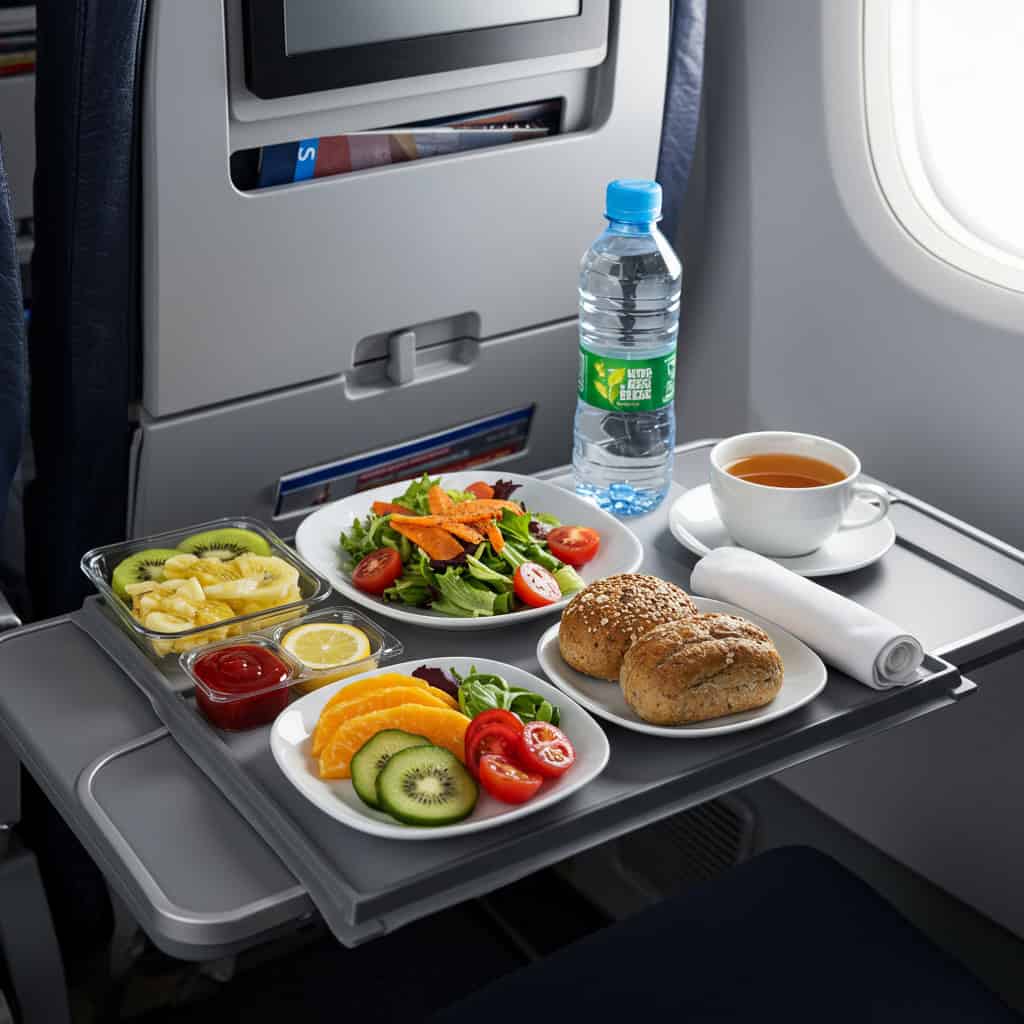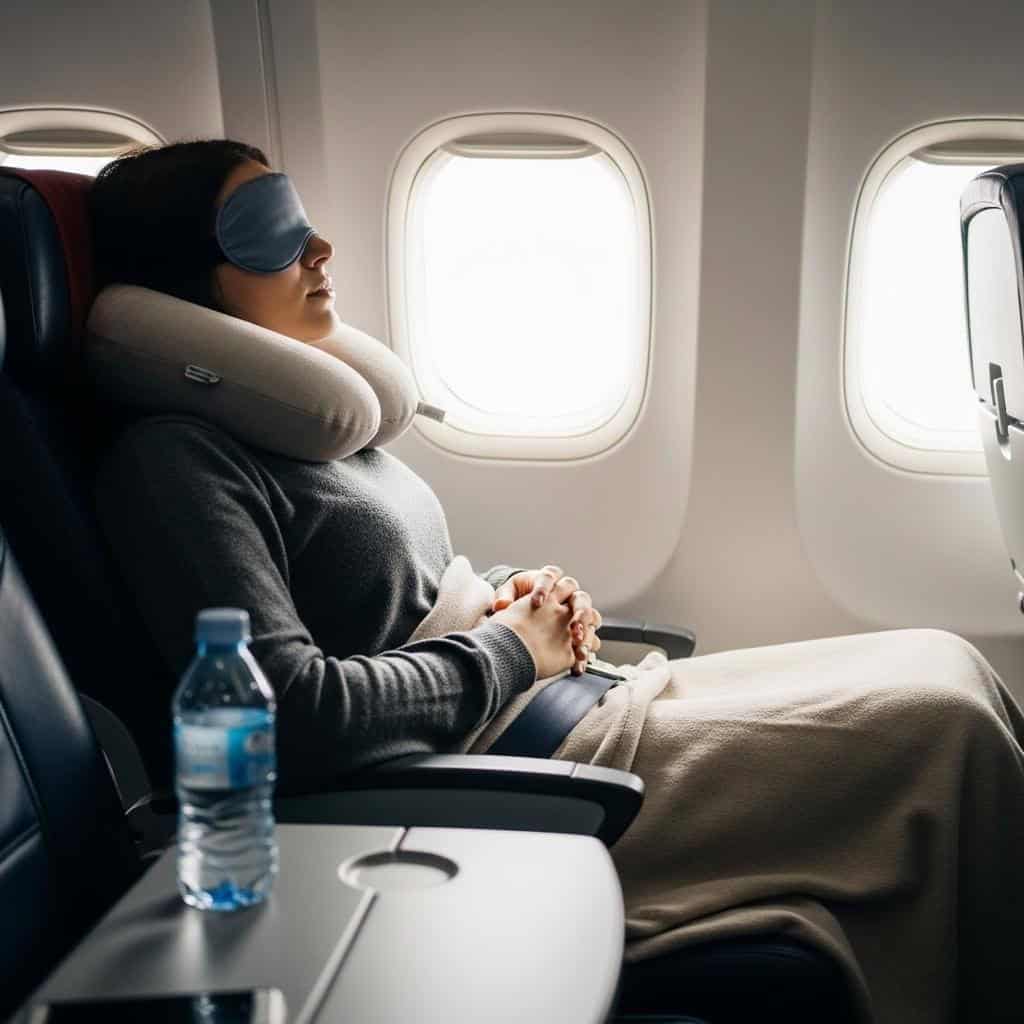Long-haul flights are notorious for leaving travelers drained, achy, and battling jet lag upon arrival. Whether you’re flying for business or leisure, excessive fatigue can steal valuable time from your travel experience. Mastering the art of in-flight comfort and energy management is crucial for landing refreshed and ready to explore.
In this guide, you’ll discover practical, science-backed strategies to prevent exhaustion, stay hydrated, and maximize comfort while cruising at 35,000 feet. From smart sleep tactics to proven hydration tips, these actionable steps will help you beat jet lag and make the most of your journey. For more on jet lag prevention, visit The Sleep Foundation.










